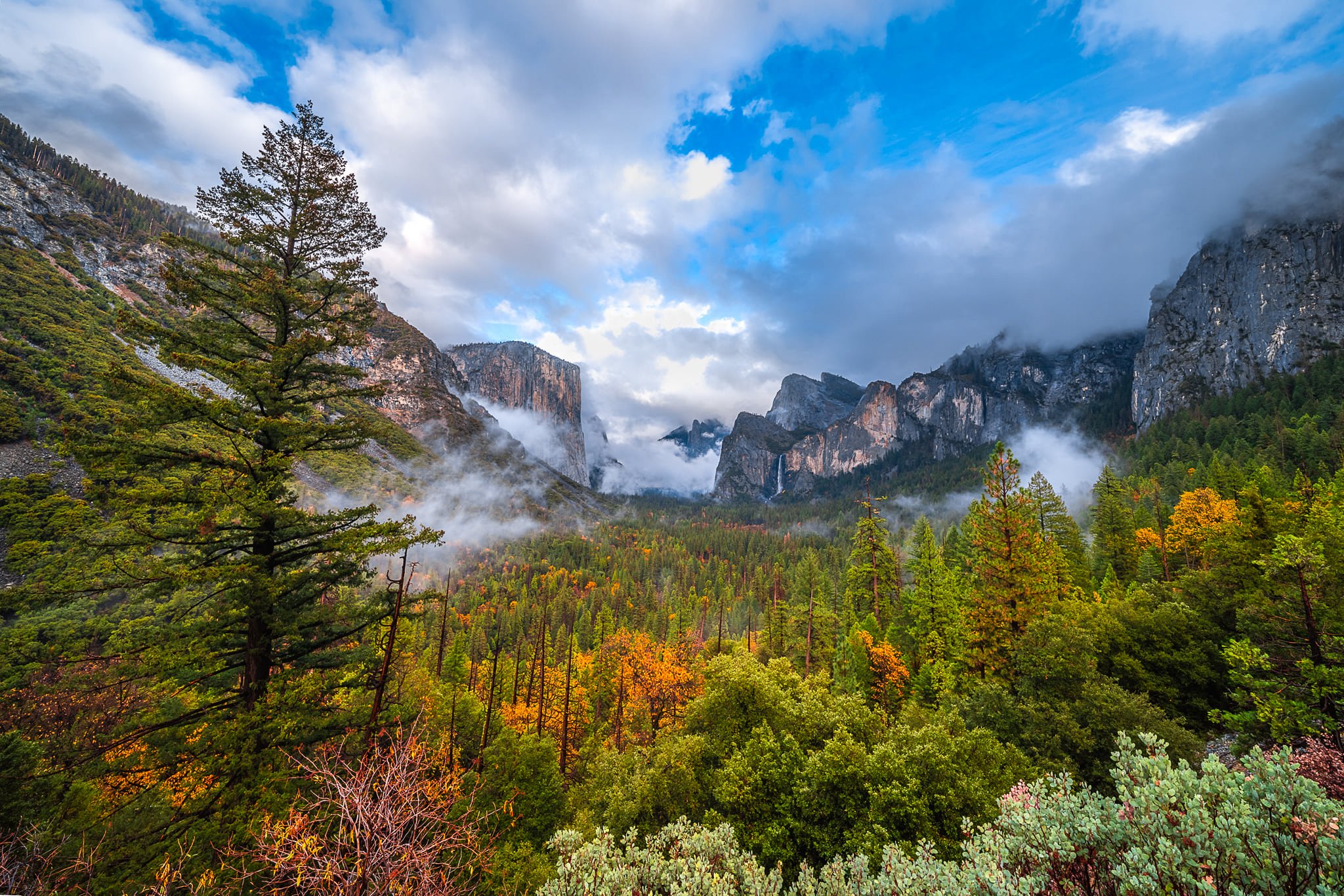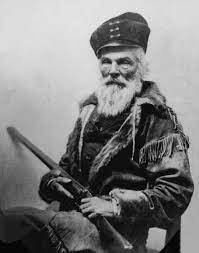
BIOGRAPHIES
NORMAN CLYDE
This 20th-century mountaineer (1885-1972) achieved more than 130 first ascents, many in California's high Sierra and Yosemite. He set a speed climbing record on Mount Shasta in 1923, where he climbed from Horse Camp (at 8,000 feet) to the summit (14,179 feet) in 3 hours and 17 minutes. In 1925, he completed 53 climbs in the Sierra Nevada. Clyde has 1,467 articles archived at the Bancroft Library at the UC-Berkeley. He was a guide, naturalist and author.
"In my 80s, I still prefer to sleep outside at my ranch house, in my sleeping bag, not a bed," said Clyde, according to the Bancroft Library.
In 2018, Tapon returned to his California home after a series of expeditions in which he hiked 10,000 miles, including 2,000 miles across Madagascar, and climbed 50 of 54 of Africa’s highest peaks. Tapon has traveled to more than 100 countries and has written two books, “Hike Your Own Hike,” from 2006, and “The Hidden Europe: What Europeans Can Teach Us,” in 2012.
“The whole five years in Africa, it cost me $110,000,” he said. “It’s a lot of money, it’s true, but a lot of people could afford to do this if they wanted to. I camp, I live simply, buy street food. My biggest expense was a reliable 4x4 pick-up truck to get around Africa.”
GALEN CLARK
Clark (1814-1910) is best known for his discovery of the Mariposa Grove of giant sequoia trees and for his role as guardian of Yosemite National Park for 21 years. In 1853, Clark had tuberculosis and doctors gave him six months to live. He then moved to the Wawona area of Yosemite as a homesteader. His lungs healed and he subsequently explored and climbed much of what became Yosemite National Park.
Upon his discovery of the Mariposa Grove, Clark persuaded Congress to pass the Yosemite Grant, which provided first-of-a-kind park-like protection for the Mariposa Grove. Clark then became the first civilian ranger of Yosemite.
He ran a hotel in Wawona and wrote three books, including "Indians of the Yosemite" (1904) and "The Yosemite Valley" (1910). After being told he would die a young man, he lived to be 96 and is buried in the Yosemite Cemetery. Said Clark: "I went to the mountains to take my chances of dying or growing better, which I thought were about even."
JOSEPH WALKER
Walker was the greatest trailblazer in California history. He was the first to discover a trans-Sierra route, in the process becoming the first trailblazer to see Yosemite. His gravesite marker reads, "Camped in Yosemite, Nov. 13, 1833."
Though Jedediah Smith and John C. Frémont are better remembered because of more flamboyant styles, it was Walker who made the greatest discoveries of any trailblazer in California history, the first trans-Sierra routes. He is best known among the public for Walker Pass (on the Pacific Crest Trail) in Kern County, Walker River in Mono County, and Walker Lake in Nevada.
Unlike Smith, whose recklessness placed himself and those around him at peril (27 of 33 died on Smith's California expeditions), Walker kept his men safe, fed, with water, and ready for physical challenge. Thousands of pioneers followed in his footsteps.
ANSEL ADAMS
Posthumous
Unparalleled landscape photographer and environmentalist, Ansel Adams redefined artistic photography and the western landscape at the same moment. His dramatic black and white photographs of Yosemite, the Sierra Nevada and Southwest are credited as helping to make photography appreciated as an art form and drew people to the need to preserve these beautiful, open and wild places.
His innovations in developing film and prints changed how people envision then produce photographic images. The Zone System, conceived by Adams, divides light into ten zones or tones from total black (Zone 0) to pure white (zone ten). Of his famous Monolith, the Face of Half Dome, made in one outing with the use of his final plate and printed in 1927, Adams said, "I had been able to realize a desired image: not the way the subject appeared in reality but how it felt to me and how it must appear in the finished print."
He initiated or was behind the formation of many new collections of photographers and created A More Beautiful America which served to benefit the improvement of the environment. He often supported and lent his photographic skills to efforts to preserve wild places.






